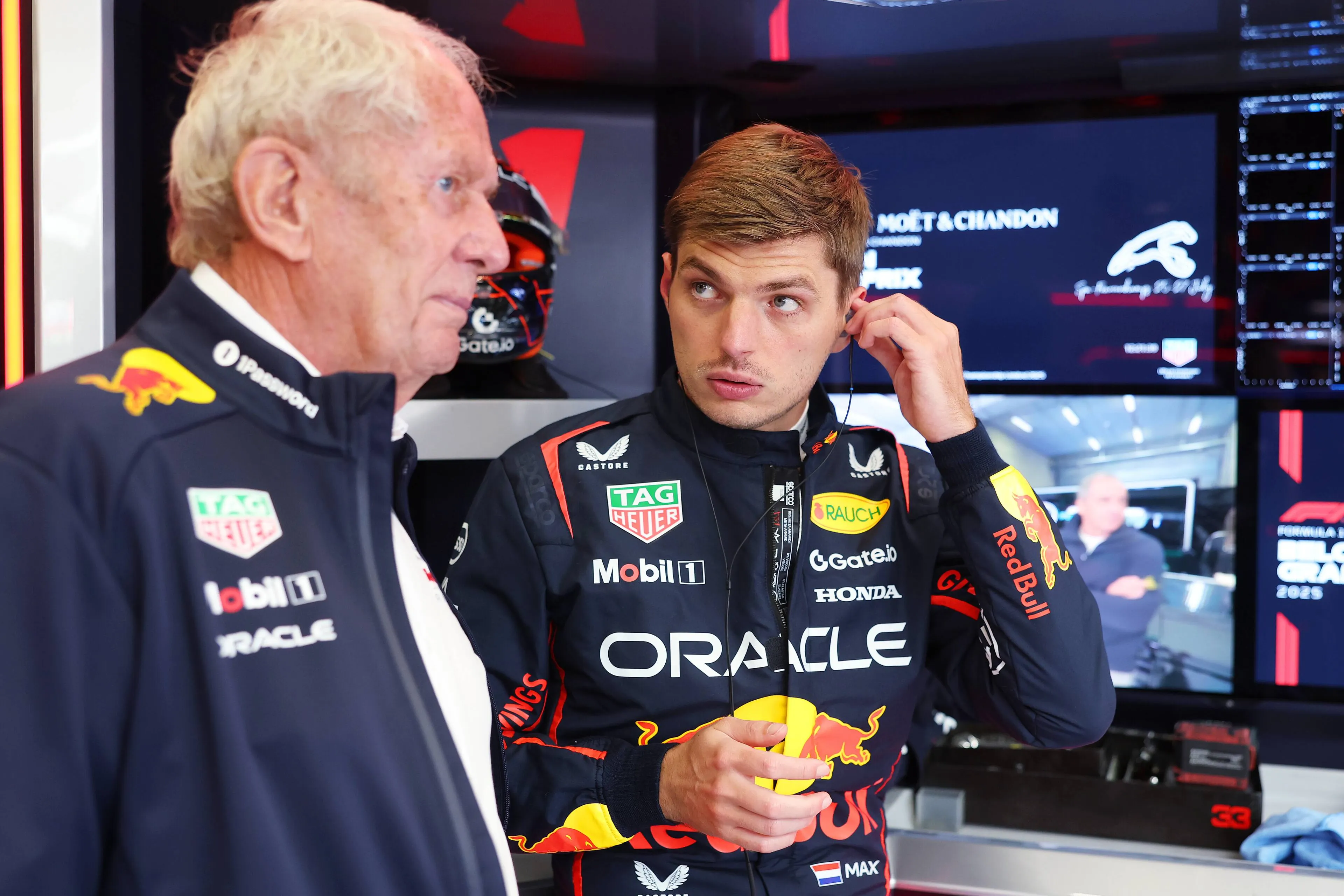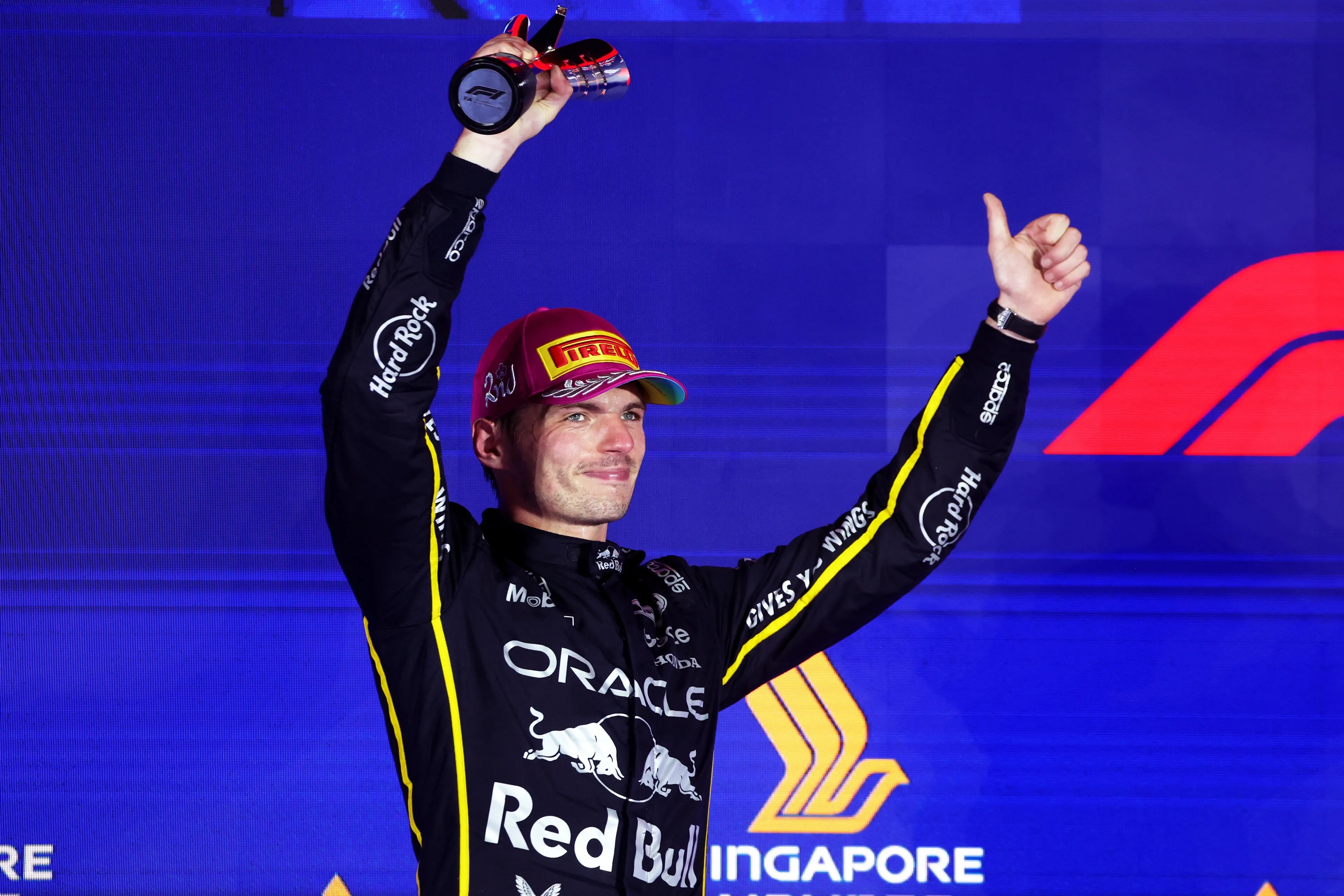Wolff reveals "the key" to Mercedes victory after 'uncompetitive Friday'
19:30, 31 Jul 2024
0 Comments
The majority of F1 viewers would've expected the main narrative of the Belgian Grand Prix to be about Red Bull and McLaren, but Charles Leclerc was on pole position, and Lewis Hamilton took the race win from his teammate George Russell after all was said and done. Mercedes team boss Toto Wolff and Andrew Shovlin, Trackside Engineering Director, have analysed what made the difference at Spa-Franchorchamps.
"On Friday, we were not competitive," Wolff bluntly told GPblog and others in the paddock. A quick look at the results of FP1 and FP2 only confirms that fact. Russell and Hamilton were nine-tenths off the pace in the first free practice, and that grew to over a second in FP2. In fact, Hamilton only just managed to squeeze inside the top ten on the timesheet.
Hamilton secured P4 (which turned to P3 after Max Verstappen's penalty), though there will still be some doubts over Mercedes' performance because qualifying took place in wet conditions. But right from the start of the Grand Prix, Hamilton moved ahead of Sergio Perez off the line and quickly closed in on pole-sitter Charles Leclerc. He made the overtake and took control of the race. His teammate, Russell, also got involved at the front and opted not to pit for a second time. This put Mercedes in a one-two position on the track.
How did Mercedes find improvements from Friday?
"I must admit that the overnight work that was done from Friday to Saturday, and also here on the track set engineering side, was the key. So we changed a lot from Friday. But it wasn't a mechanical, normal alignment of what we thought the car would do. So we remedied that," Wolff said. In the Mercedes debrief, Shovlin opened up on at "key" change.
"One of the issues with Spa is it is a fast circuit, and it needs a lot of commitment from the driver. We managed to introduce a bit of bouncing to the car, so in the high-speed corners, that is not great for their confidence. There were a couple of other balance issues where they had a lack of entry stability," Shovlin said.
"When you are wanting to brake late and carry speed into a corner, that does not help. At a normal track, that might have cost us a little bit of time. On a big circuit like Spa with some pretty big corners, that was becoming a large number. The car was not in the right place, but it is one of those very specific things about Spa where if the drivers have not got the car doing what they want, it can cost them a lot of performance. It was exactly the right thing for us to just revert to that known specification," Shovlin concluded.
Read more about:
Popular on GPBlog

1
'Hamilton shapes F1 2026 season with vital Ferrari race engineer decision'
3539 times read

2
Verstappen makes 2026 switch to Mercedes as Hamilton decides on Ferrari engineer's fate
2046 times read

3
Lewis Hamilton responds after questioning over failed F1 detox promise
1652 times read

4
Schumacher, Verstappen hailed as two best drivers in F1 history
1501 times read
Loading












